Silkie Chicks
$25.00
We do not ship chicks. When you checkout, you can choose to pick up at the farm gate or we can deliver if you’re in the Shepherdstown, WV area.
Out of stock
Want to be notified when this product is available to purchase?
Silkie Traits
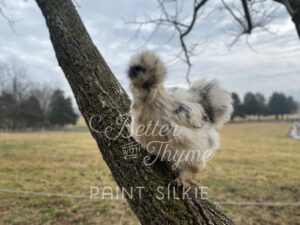 Silkies are a bantam chicken breed, with soft silky plumage. Their feathers are similar to down and wisp around, making them look like balls of fluff. They are incredibly sweet, gentle birds that make the perfect pets for children. Silkie hens make wonderful mothers. They love to sit on eggs and hatch their own babies and they can even adopt other baby poultry if given the chance. Silkie feathers can be a number of different colors. The colors we currently raise include white, buff, blue, black, splash and paint.
Silkies are a bantam chicken breed, with soft silky plumage. Their feathers are similar to down and wisp around, making them look like balls of fluff. They are incredibly sweet, gentle birds that make the perfect pets for children. Silkie hens make wonderful mothers. They love to sit on eggs and hatch their own babies and they can even adopt other baby poultry if given the chance. Silkie feathers can be a number of different colors. The colors we currently raise include white, buff, blue, black, splash and paint.
Besides their unique feathers, the silkie breed has several other unusual qualities, such as black skin and bones, turquoise blue earlobes, and five toes on each foot, instead of the usual four. Silkies have heavily feathered feet, and mulberry colored cushion combs. The combs are typically only visible on the males, as the female’s combs are smaller and hidden by their crest. It’s not known for certain where the silkie breed originated but I read one theory that the breed was created for a Chinese emperor and took much work since they have just about every recessive trait a chicken can have!
Silkies lay small tinted eggs, and their yolks are relatively large compared to the overall egg size. Our silkie eggs typically weight 1.5-1.7 ounces.
Silkies are one of the few ancient chicken breeds we still have around today, originating from Asia prior to the 13th century, truly a heritage breed.
Silkie Feather Colors
Paint Silkies
 Paint Silkies are created by breeding black and dominant white silkies. Paint feather coloring is fascinating and a bit confusing. Most white silkies are recessive white, but a dominant white is needed for paints. Chicks who receive a copy of black and a copy of the dominant white gene from their parents will have the paint feather pattern. Chicks who receive black from both parents will be black and those who receive two copies of dominant white will have all white feathers. The chicks who have one copy of each gene look painted because the dominant white doesn’t completely cover the black, leaving patches of black feathers among the white. The amount of black spots can vary both in number and size, so each paint silkie will look unique!
Paint Silkies are created by breeding black and dominant white silkies. Paint feather coloring is fascinating and a bit confusing. Most white silkies are recessive white, but a dominant white is needed for paints. Chicks who receive a copy of black and a copy of the dominant white gene from their parents will have the paint feather pattern. Chicks who receive black from both parents will be black and those who receive two copies of dominant white will have all white feathers. The chicks who have one copy of each gene look painted because the dominant white doesn’t completely cover the black, leaving patches of black feathers among the white. The amount of black spots can vary both in number and size, so each paint silkie will look unique!
Our paint silkies started from hatching eggs we bought that produced okay paints, but we crossed a rooster from that hatch with our black silkies from Swanky Silkies to improve them and we are very excited about our second generation who will be the parents of our 2024 hatching eggs! More photos of paints coming soon.
White Silkies
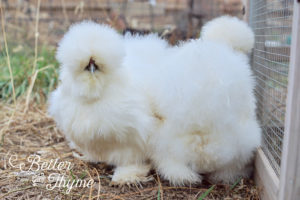 Our original white silkies came from Swanky Silkies and they have the most beautiful fluffy feathers and docile personalities. Their combs and skin were a bit light, so we outcrossed them with a white rooster with darker skin pigment. This rooster we used hatched from our favorite porcelain silkie hen (who must be carrying recessive white!). We’re so glad to have her genetics in our white silkies as she is 7 years old, has been our best chicken mama over the years and is very healthy and beautiful.
Our original white silkies came from Swanky Silkies and they have the most beautiful fluffy feathers and docile personalities. Their combs and skin were a bit light, so we outcrossed them with a white rooster with darker skin pigment. This rooster we used hatched from our favorite porcelain silkie hen (who must be carrying recessive white!). We’re so glad to have her genetics in our white silkies as she is 7 years old, has been our best chicken mama over the years and is very healthy and beautiful.
Blue, Black and Splash
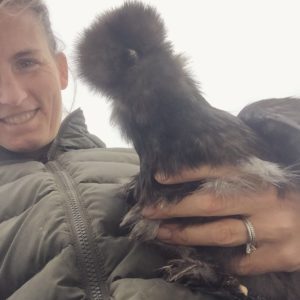
Buff
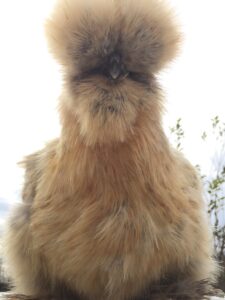 As I mentioned above, our favorite silkie hen is a porcelain hen, which is a combination of buff and lavender. We never found a rooster to pair her with that could produce consistent porcelain chicks, so we moved toward breeding her for buff and redpyle with two different buff roosters from Swanky SIlkies, and we love the buff babies we grew out in 2023. We will have a small number of buff hatching eggs available in 2024 since we still have a small number of buff chickens.
As I mentioned above, our favorite silkie hen is a porcelain hen, which is a combination of buff and lavender. We never found a rooster to pair her with that could produce consistent porcelain chicks, so we moved toward breeding her for buff and redpyle with two different buff roosters from Swanky SIlkies, and we love the buff babies we grew out in 2023. We will have a small number of buff hatching eggs available in 2024 since we still have a small number of buff chickens.
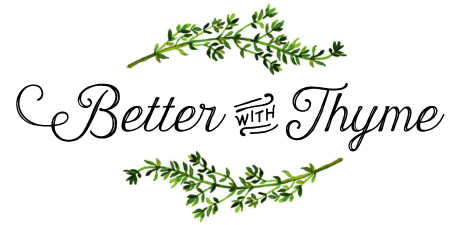
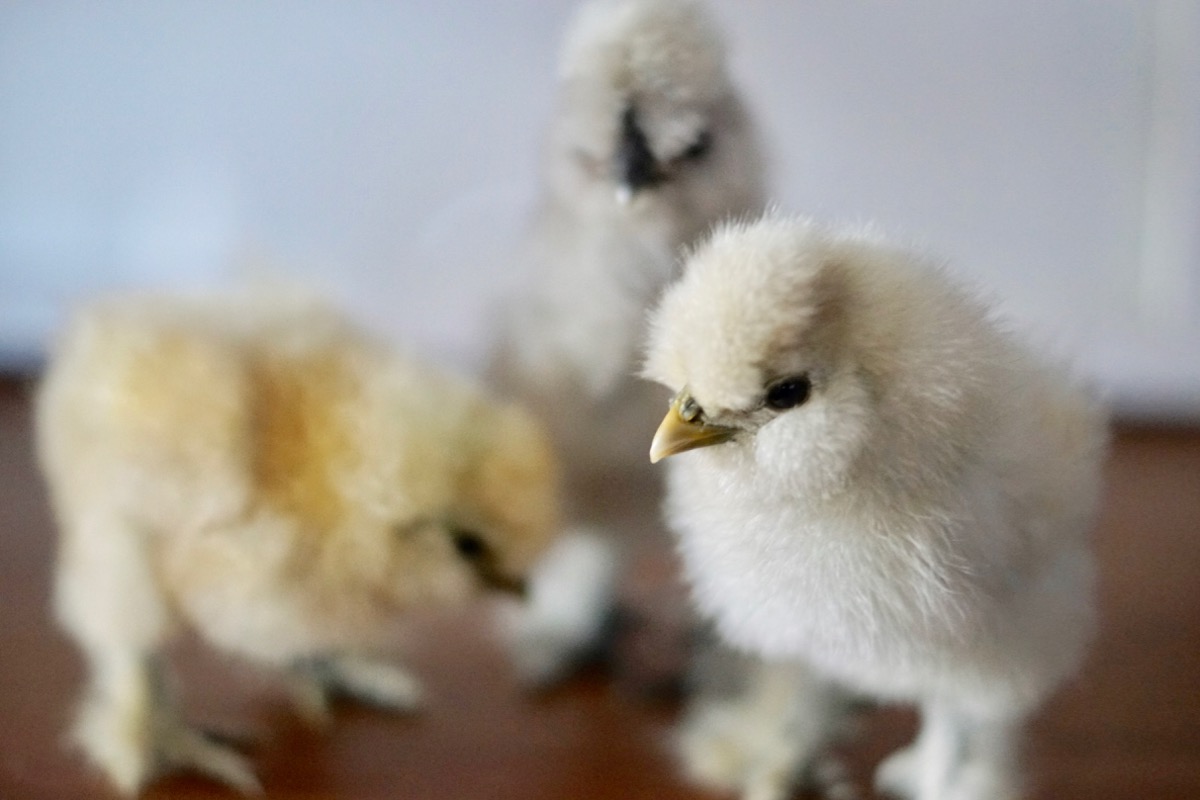
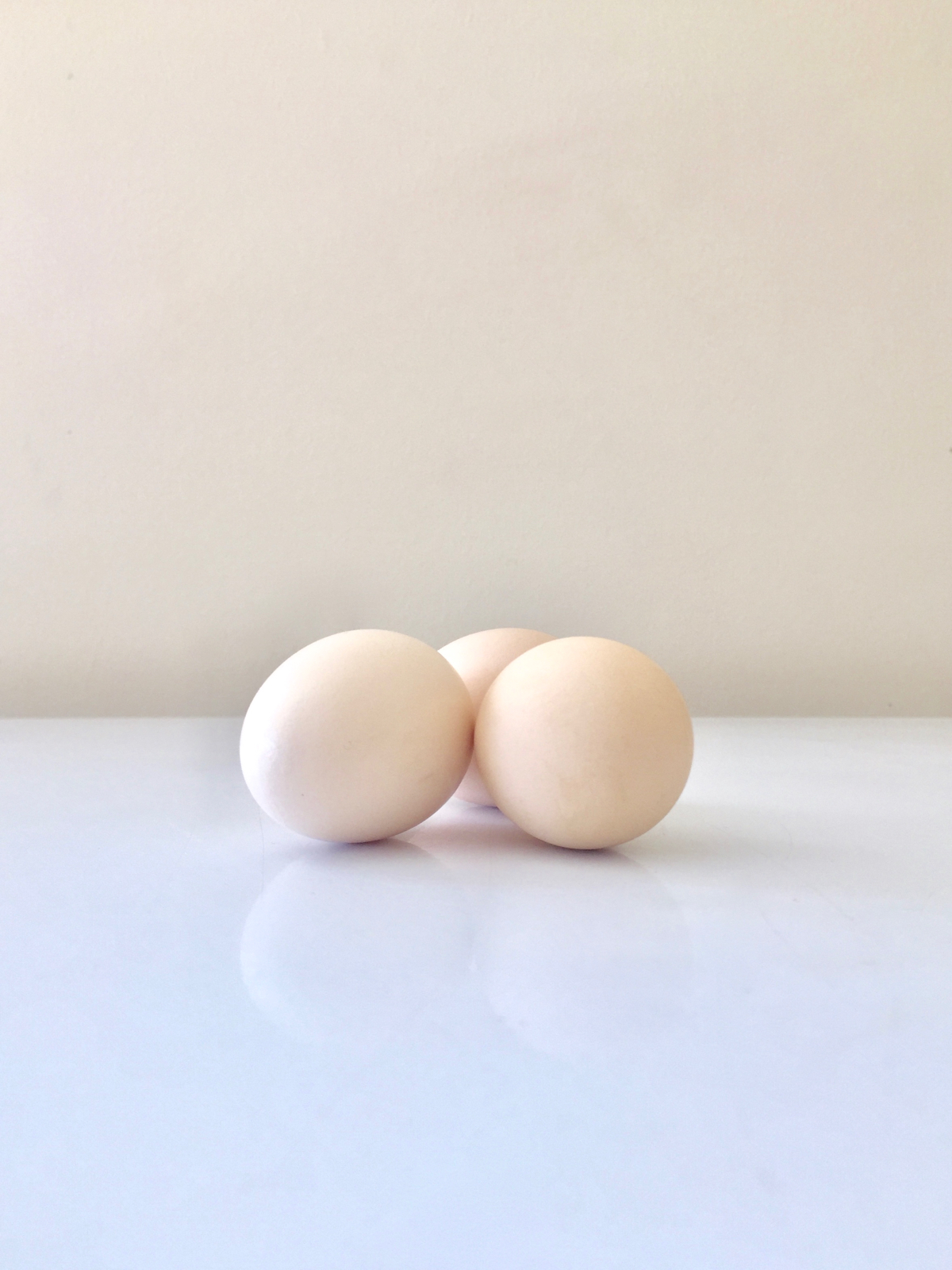
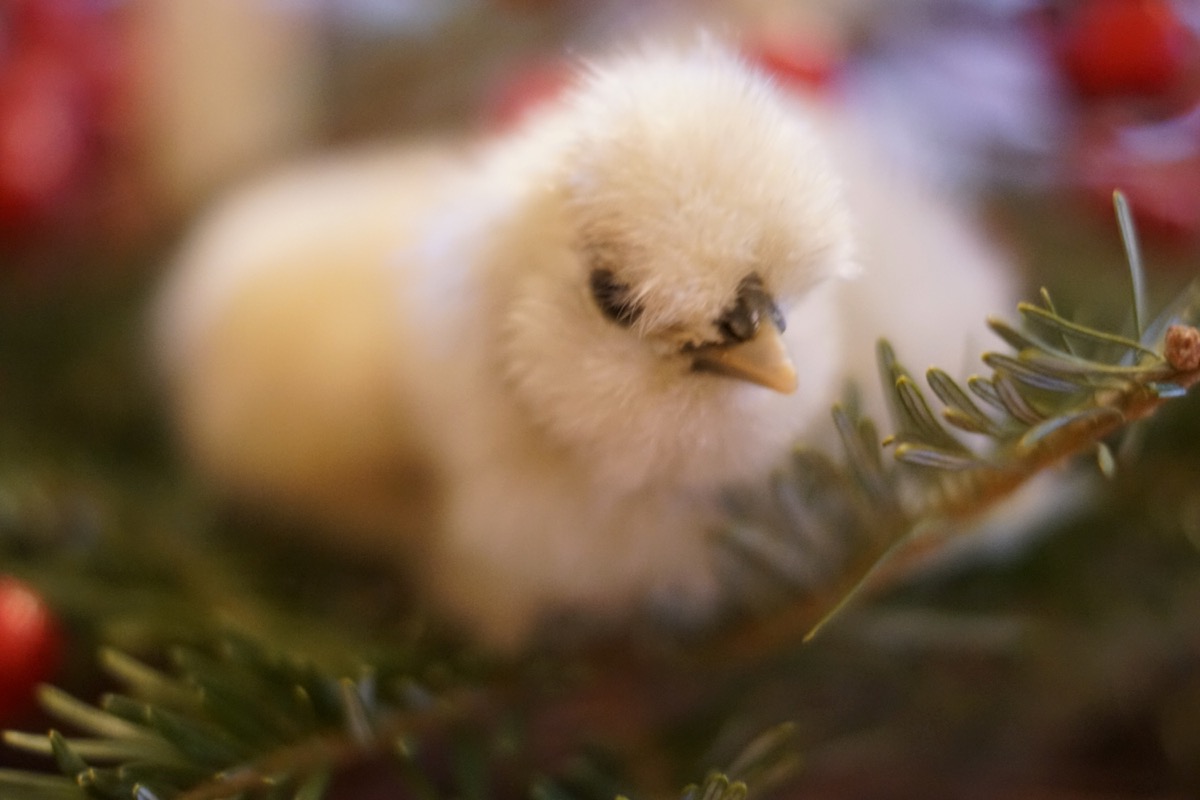
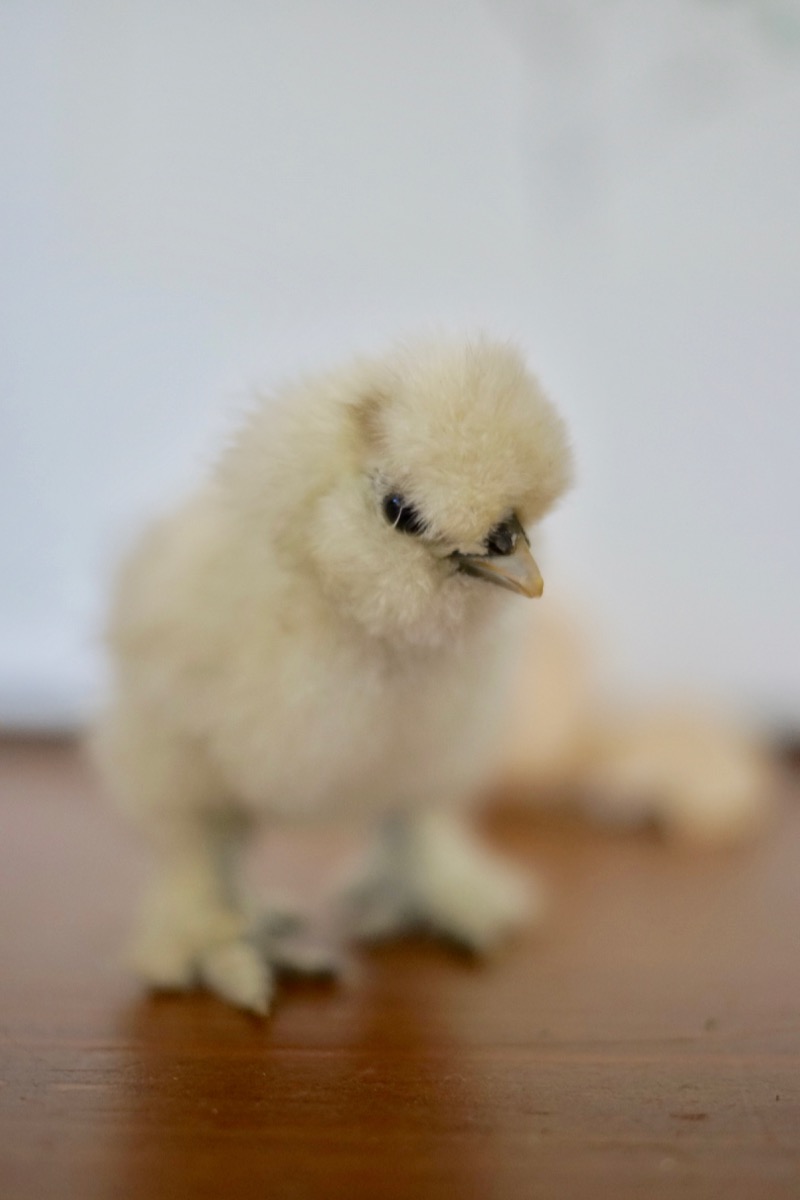
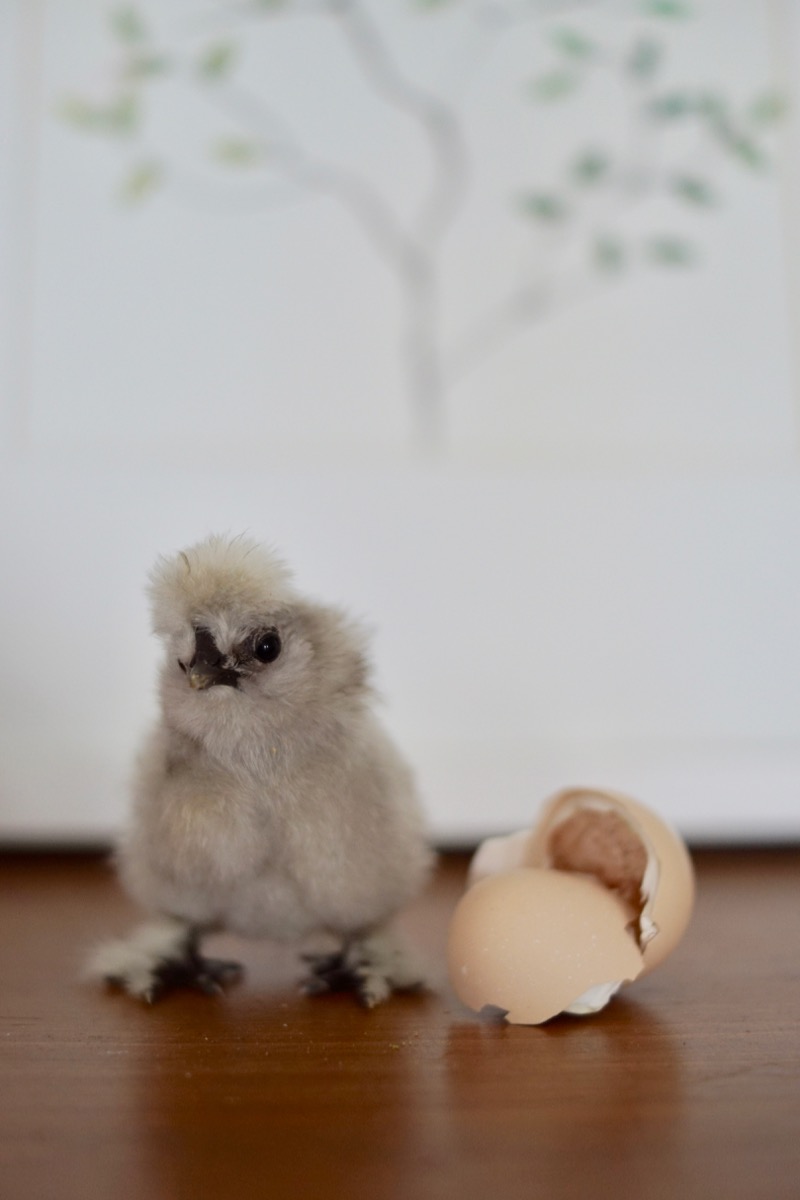
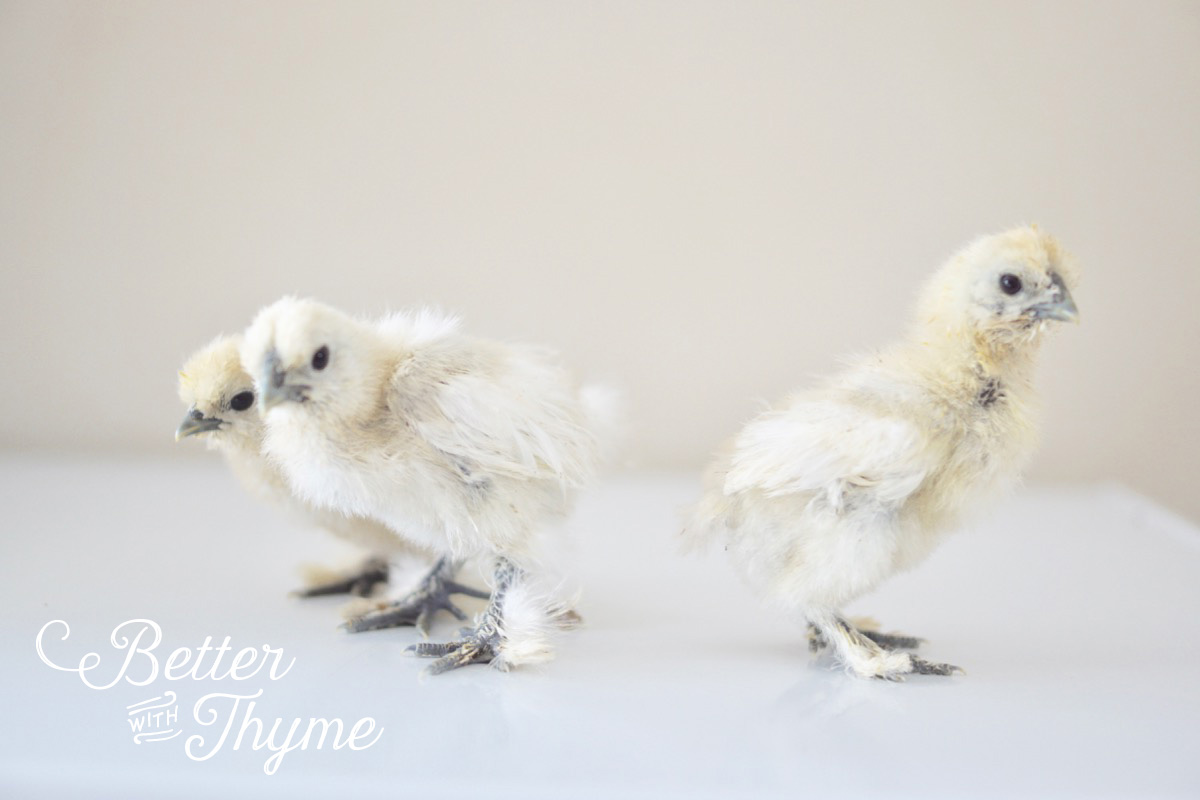
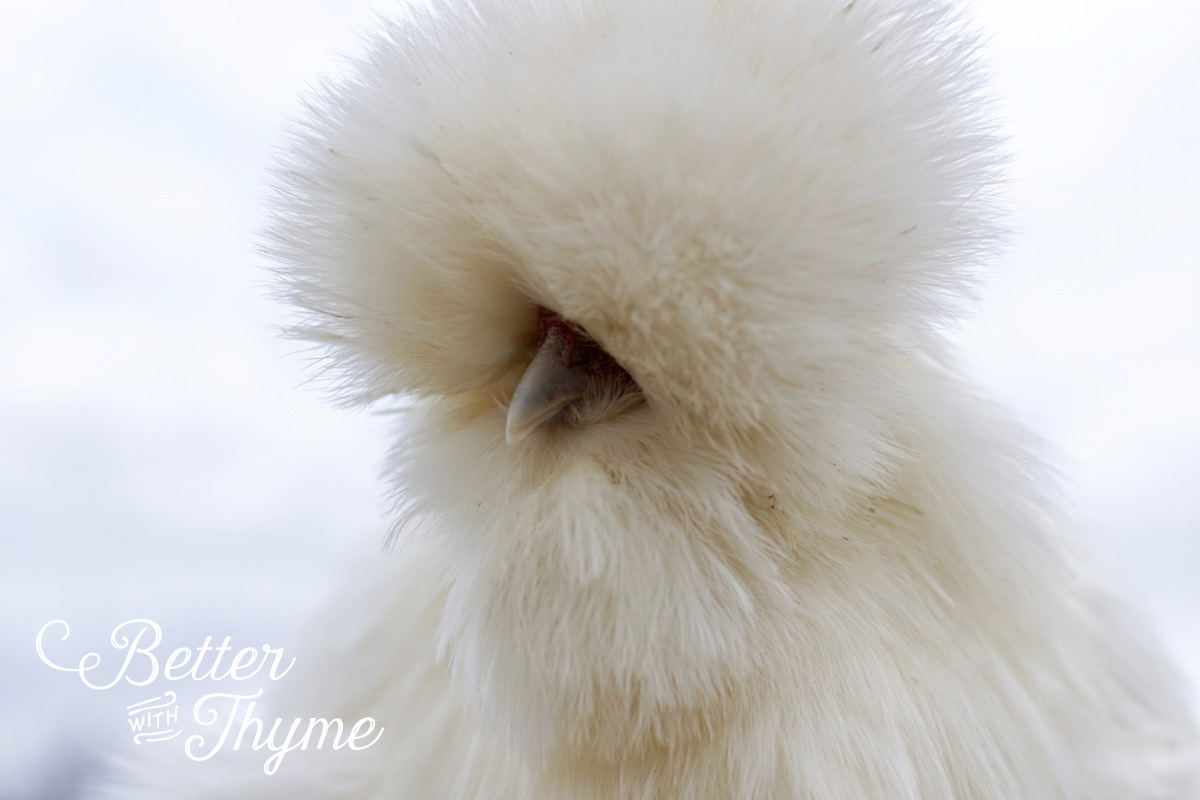
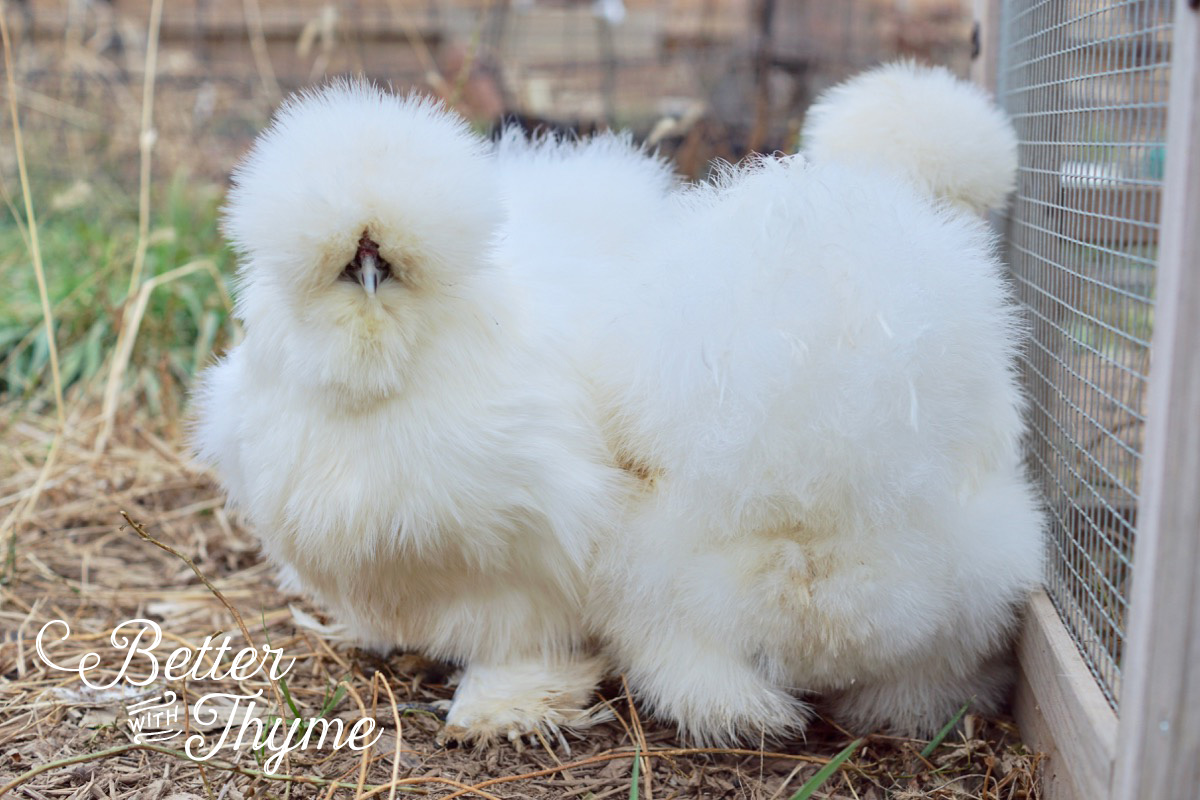
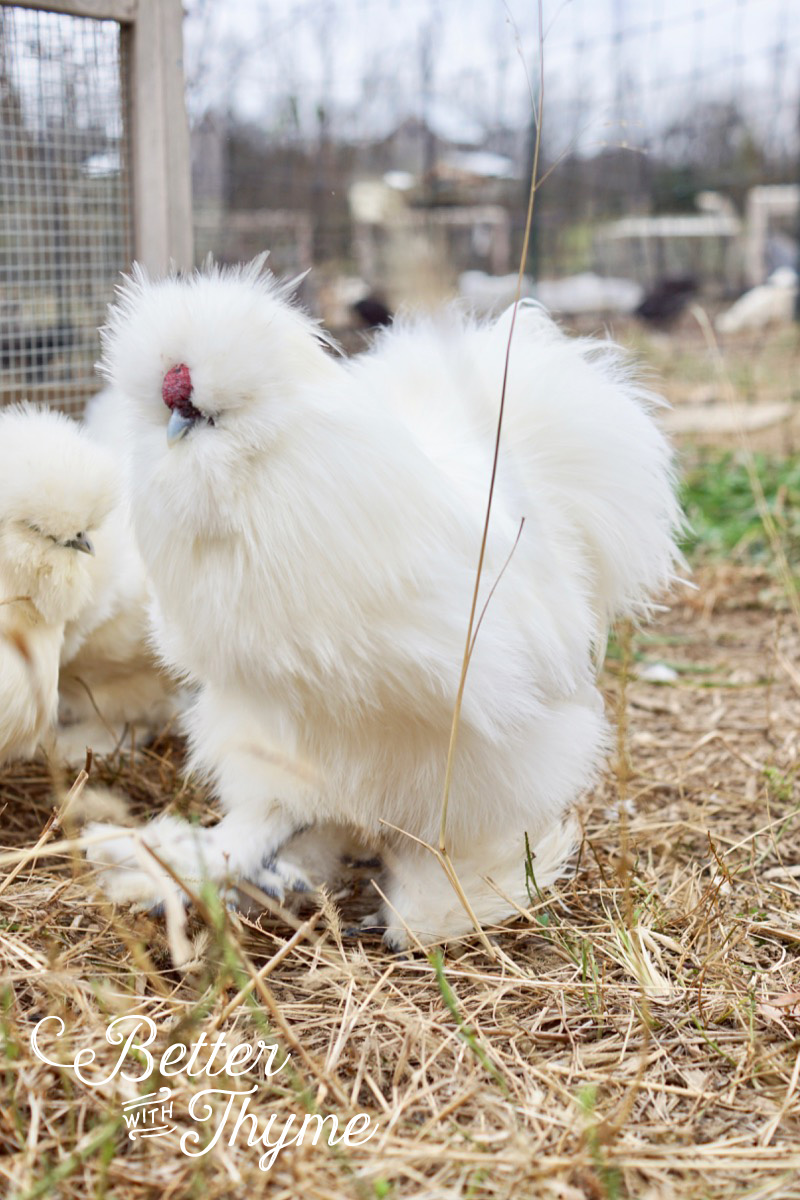


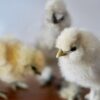
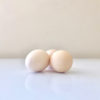
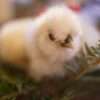
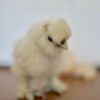
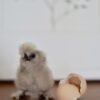
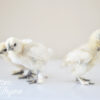
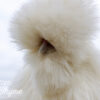
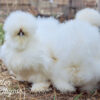
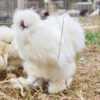

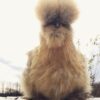
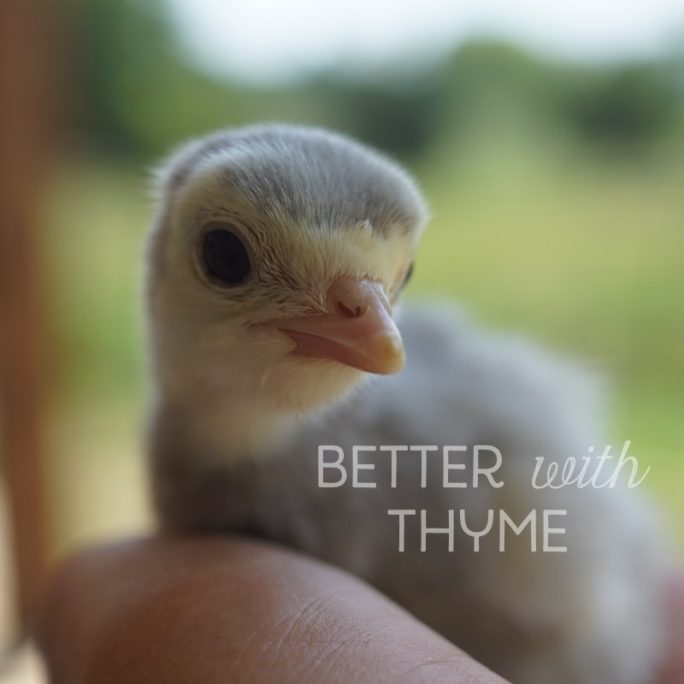
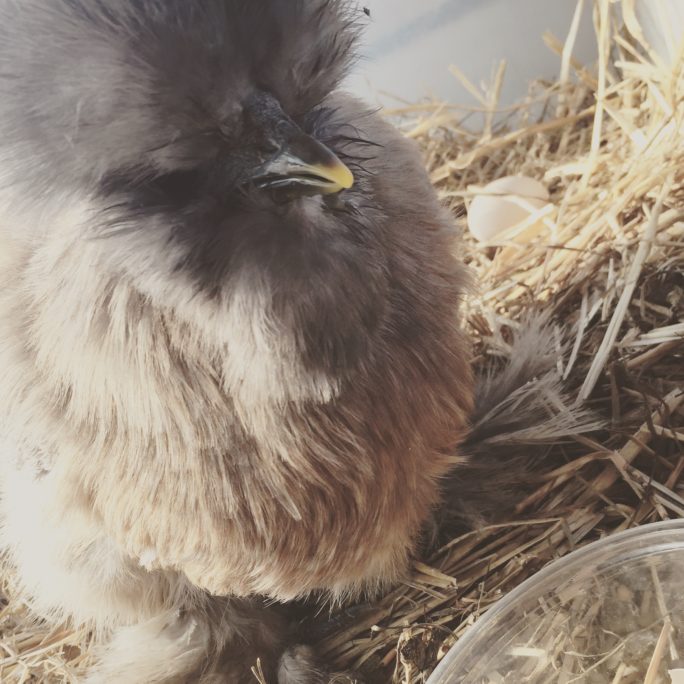
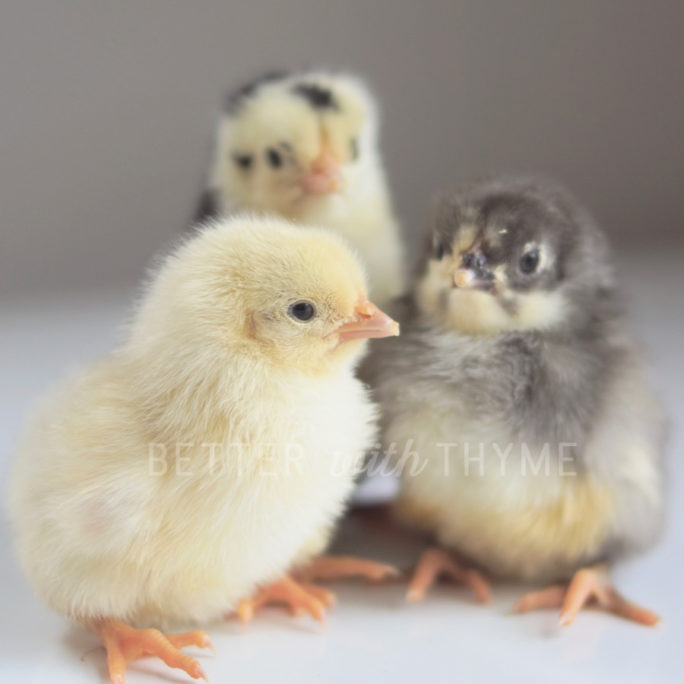
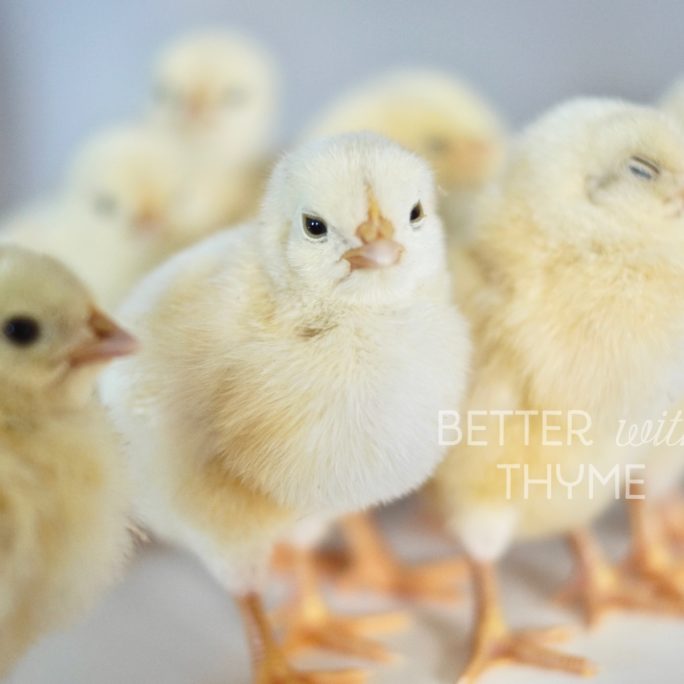

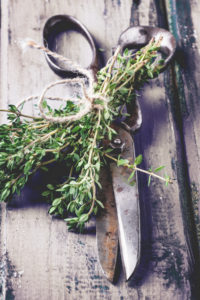
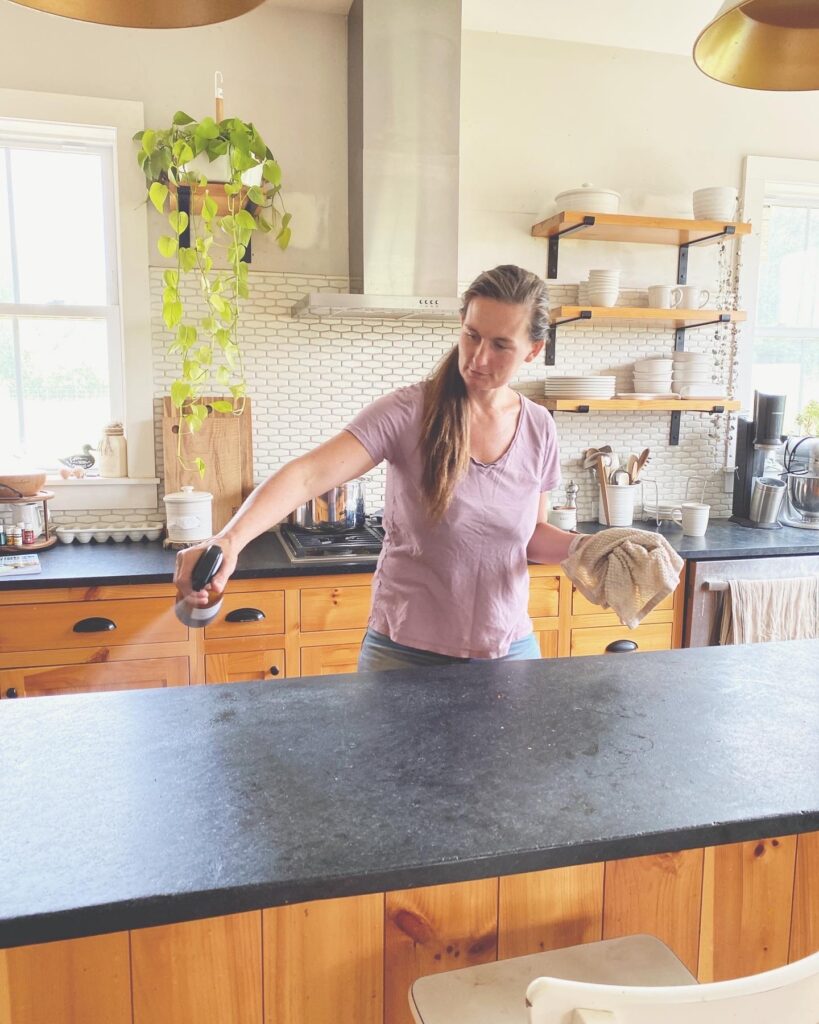





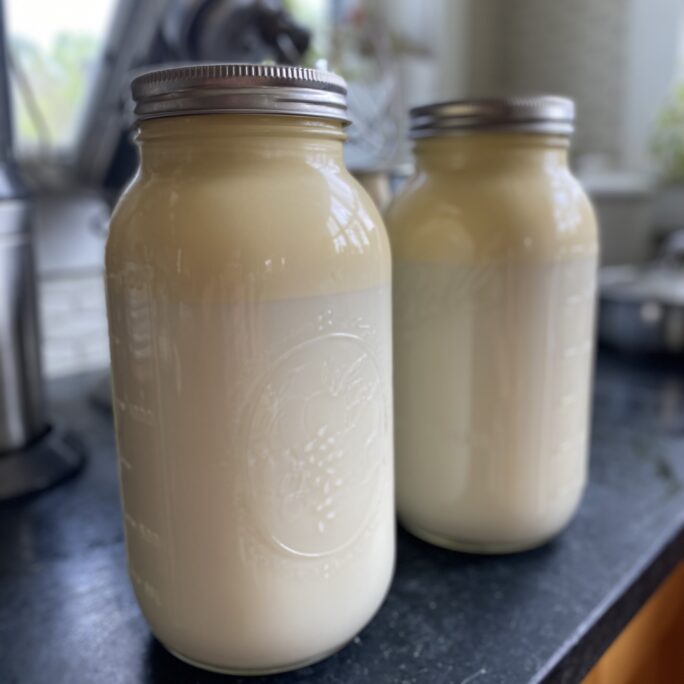
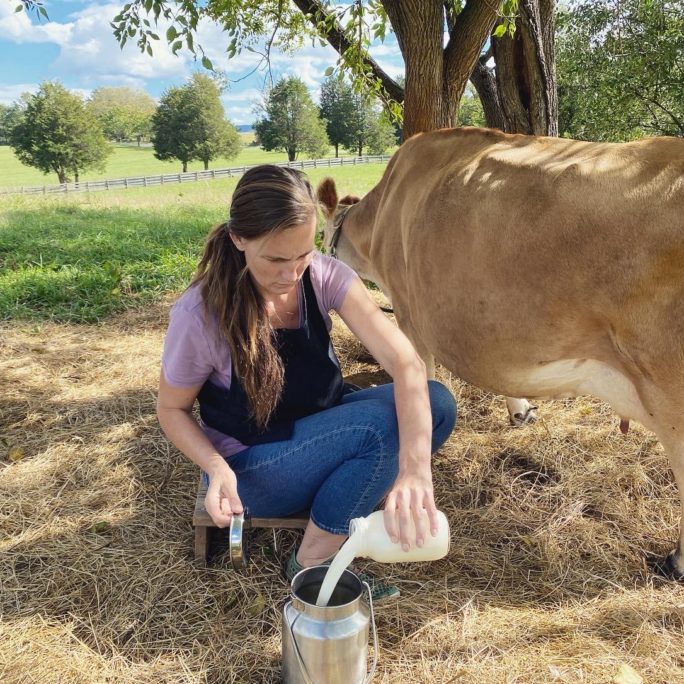
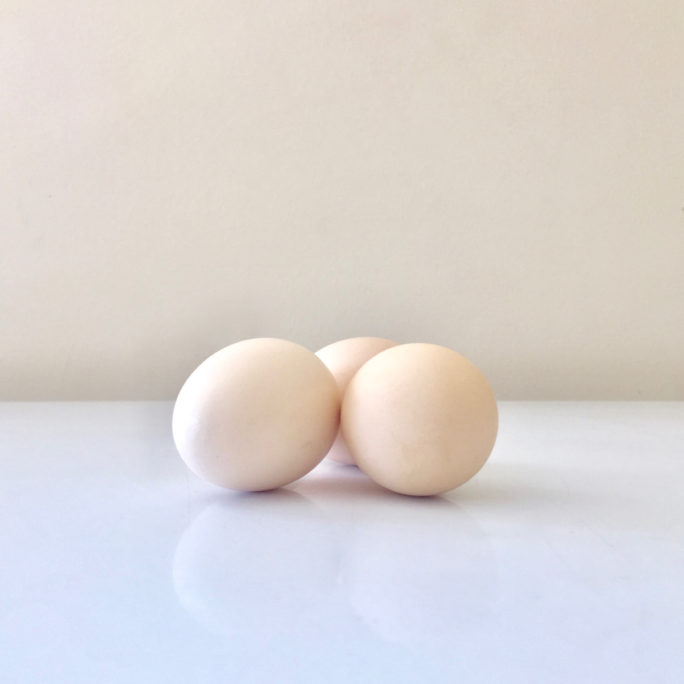
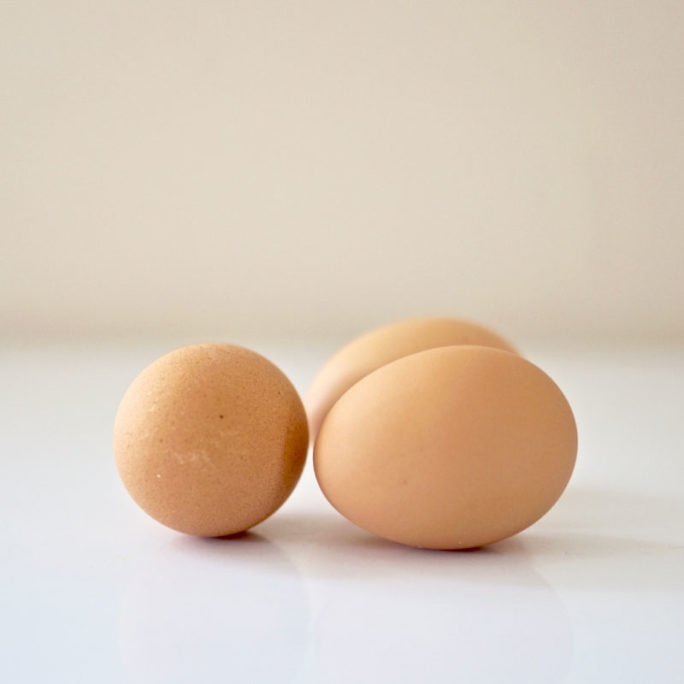
Reviews
There are no reviews yet.